Different Types of Webinars and Livestreams
Hybrid Webinar
A hybrid webinar generally means the event has physical speakers presenting to a digital audience. The main way to do this correctly is to have a set of livestream professionals on-site to capture the presentations and push the content to the platform.

Livestream professionals will bring to the hybrid webinar a different level of experience for the audience. From the provision of studio lighting to graphics embedded into the webinar, their expertise would bring higher engagement and value to the hybrid event.

There are no specific platforms to be used for hybrid webinars. You can use any of the platforms available provided you have the right encoder. If your webinar requires a 2-way interaction, such as the audience can raise questions and interact during the Q&A, Zoom would be the platform due to it’s low latency (1 sec to 2 secs). Other platforms such as Brightcove and ON24 would have 15 seconds to 30 seconds delay, similar to Facebook Live and YouTube Live.
If the venue which is hosting the webinar do not have strong Wi-Fi connections, you can request for a ‘network bonding device’ which uses 4G SIM cards and ‘bonds’ it to the existing Wi-Fi speeds. This will help to increase the upstream which in turn a more stable stream.

You would also need audio visual professionals. They would assist in microphone tuning and setup as well as managing the powerpoint decks. This would allow the speaker to wholly focus on the presentation and present. At the same time, it is recommended to have a countdown timer for keeping track of time and a monitor screen mirroring the powerpoint presentation. This will help the speaker to refer to his slides and prepare for the next upcoming slide.

Full Online Webinar
A fully online webinar or remote webinar is essentially speakers are presenting from wherever they are, remotely. It could be in their office, home or while they are on vacation although this is not likely to happen in our present climate.
Zoom or Webex are usually deployed for their ease of use and the speakers can screenshare if they are presenting with a powerpoint deck.
When you invite a speaker to present at your webinar, a rule of thumb as a host would be to send them an Admin Brief. Within the brief, you can highlight the time that they should be logged into the platform. Usually, it is 30 minutes before they start their presentation so that you have time to iron out any technical issues. The brief also should include pointers on how they can maximize their presentation by elevating their laptop, find a spot with front facing lighting and move closer to the router.
Click here to download a sample of the Speaker Admin Brief >
If you would like to go the distance, you could also send them a wired headpiece so that they are speaking into the headset’s microphone instead of relying on the laptop’s microphone.
For best visual results, the speaker can engage the use of a free app called Camo.Studio. This app allows the use of the iPhone’s camera as a webcam. With a higher quality video, the audience would engage with the speaker better. There are paid pro features with Camo.Studio which allows more control but the free version will work just as well.
